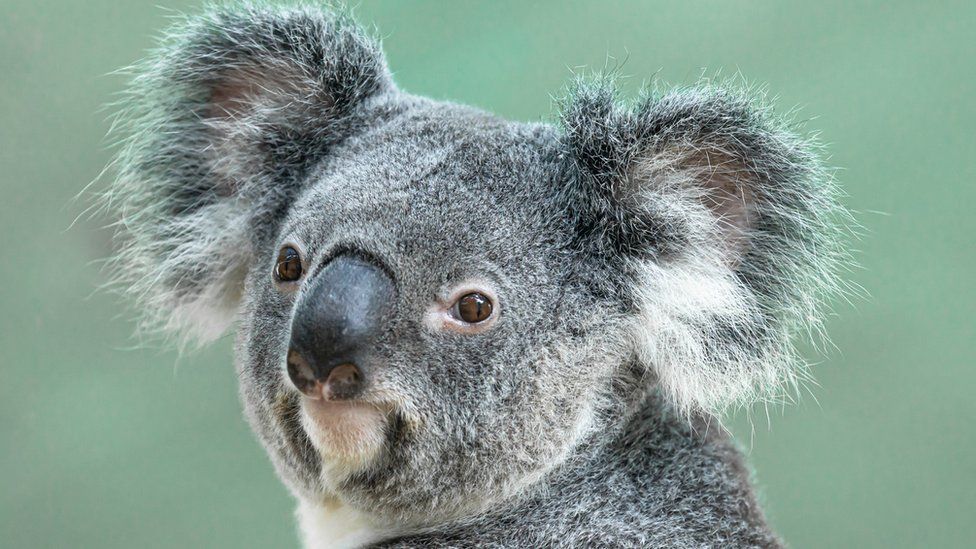Guardians of the Eucalyptus Forests
The phalanger or, inaccurately, the native bear is an arboreal phytophagous marsupial native to Australia. it's the sole living representative of the family Phascolarctidae, and its nighest living relatives square measure the wombats.
 |
| Guardians of the Eucalyptus Forests |
Is a phalanger the dumbest animal?
 |
| Uncover the world of koalas, guardians of eucalyptus forests. Explore their habitat, diet, and conservation challenges |
Habitat and Diet
Do koalas bite humans?
What is the life cycle of a koala?
 |
| the vital role they play in ecosystem balance. Support efforts to protect these iconic creatures and their habitats |
Males begin sex at 3 to four years aged. Females begin sex and might breed, once they square measure 2 years aged, typic parturition once a year, for successive ten to fifteen years.
The biological time of a feminine phalanger is thirty-five days when she offers birth to one joey. feminine koalas are capable of parturition into twins, but this is often quite rare. Birth typically happens between November and February. The young stays within the pouch for successive six months before rising for the primary time. The joey can then pay for between six and twelve months riding on its mother's back.
By twelve months aged, the young are weaned and takes up a home territory, that overlaps with their mother, for a lot of successive years. Between the age of 2 and 3 years, these young disperse on the far side of their original vary|home territory|range} to ascertain their own range, typically throughout the breeding season.
 |
| Learn about their habitat, diet, conservation challenges, and the symbiotic relationship they share with eucalyptus trees |
On average, koalas live for ten to twelve years aged within the wild. though females will still breed into their 'teens' and should live as long as eighteen years; males square measure thought to possess a rather shorter period.
Eucalyptus Trees and Koalas: A Symbiotic Relationship
Let's dive into the intriguing connection between koalas and eucalyptus trees which forms a special bond that both species benefit. This composition delves into the significance of this relationship slipping light on how koalas contribute to the survival and thriving of eucalyptus timber. You see koalas have a vital part as seed dispersers playing a pivotal part in spreading the seeds and abetting in the growth and renewal of eucalyptus trees. This ultimately boosts the overall well-being and variety of the timber ecosystem making it a win-win situation for everyone involved.
Conservation Challenges
Despite their significance koalas face numerous conservation challenges. Habitat loss due to urbanization land clearing and deforestation poses significant trouble to their survival. The destruction of eucalyptus timbers deprives koalas of their food source and disrupts their natural niche. Additionally, other factors such as climate change diseases, and bushfires further exacerbate the conservation concerns for these adorable marsupials.
Conservation Efforts
To protect koalas and their habitats conservation organizations and governments are implementing various initiatives. These efforts include the establishment of protected areas reforestation projects and the implementation of legislation to safeguard koala habitats. Additionally, research and monitoring programs are essential in understanding the population dynamics and behavior of koalas aiding in informed conservation strategies.
Diseases
Koalas square measure subject to the spread of diseases which may have an effect on their anticipation. As an example, Chlamydia may be a microorganism infection poignant several koalas in South East Australian state. The stress-related illness weakens the system and might cause visual defects and generative tract illness which can render a feminine sterilized. phalanger sterility from Chlamydia infection is one contributory issue to the present decline in phalanger numbers.


1 Comments